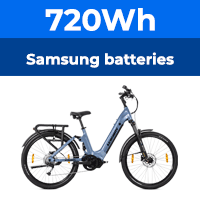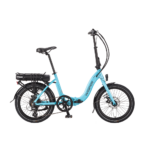My two methods of repairing punctures
Method 1
Remove wheel
[Why?]. Scratch head and rummage around to find tyre lever
[that's not the tyre lever's fault and you'd have to find the aerosol anyway.]. Manage to force it under the tyre. Start to slide it around under tyre and push side wall. Pinch finger and scream. Remember need three levers
[Only if the tyre is a really tight fit]. Can’t find others. Vague recollection that can use spoons. Try one, it bends. Try another and another – success. More finger pinching and shouting, but manage to remove inner tube.
[It's really not that hard, the cheap tyre levers that come in kits are rubbish, decent ones cost about a fiver and will do the job quickly]
Important next step: never attempt inner tube repair. This involves basin of soapy water
[Again, why?], chalk, fiddly little rubber bits and model aeroplane glue in more or less random order. And bubbles, though where they fit in I’m not quite sure.
Put new inner tube in tyre, repeat lever, spoon, finger pinching and yelling process. Inflate and discover that new tube was punctured by spoons when put in. Move on to Method 2.
Method 2
Connect inflator/repairer previously bought from Halfords. Push button. Enjoy sight of type inflating. Pedal off.
Nowadays, I generally go straight to Method 2.








